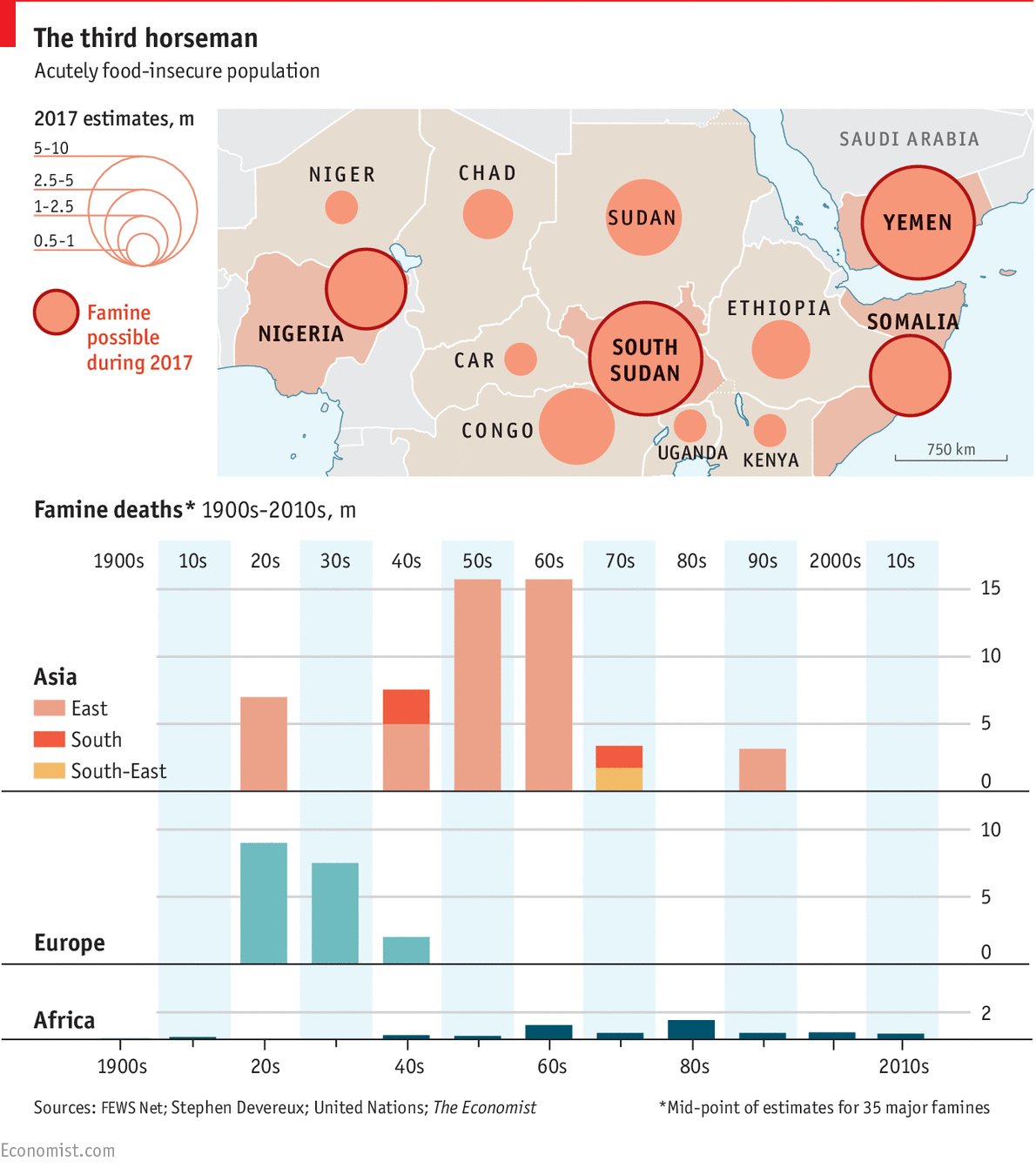Caring about a loved one’s seemingly non-moral values may in fact moralize them according to a new study. The authors explain,
[W]e believe that many of our everyday moral anxieties center on cases where there is a conflict between our belief in any proposition (including morally neutral ones) and our belief that actions consistent with that proposition will upset someone we love. It is in this sense that love can lead to what we will call moral alchemy: caring for others (and indeed the moral obligation to do so) allows propositions with little or no moral weight in themselves to become morally charged. To be very clear, our hypothesis is distinct from the claim that our moral values depend on the values of our close others; many researchers have investigated the degree to which our sense of moral value is affected by moral contagion, or social affiliation (see e.g., Eskine, 2013; Haan et al., 1968; Haidt and Hersh, 2001 ; Hofmann et al., 2014). Here we are interested in cases where although our own opinion about the actual rightness or wrongness of the behavior may remain unchanged, we nonetheless assign the behavior an elevated moral status.
They provide the following examples:
We will start with a trivial example: the moral status of Pogs. (For those of you who were neither a parent nor child in the 1990’s, Pogs are collectible colored disks, originally from bottle caps.) Clearly in the world at large, if someone steps on a Pog, uses one to prop up a table leg, or publically disparages them on national TV, he is morally blameless. He is morally blameless even if he knows that Pogs are valued by millions of school children in his culture. Suppose however, your child comes up to you and says, ‘‘Pogs are the best thing ever.” Most of us would be (morally) appalled if you replied, ‘‘Pogs are stupid” and snapped a Pog in two.
Of course what is bad in this example is hurting your child’s feelings, not hurting Pogs. Nonetheless, we suggest that the effect of moral alchemy is to (locally) change the moral status of Pogs. You cannot disregard them as objects worthy of care and attention without insufficiently valuing your child’s values…All that matters is that you knew he cared about Pogs and you did not take his utilities as your own. Note that this is neither moral contagion nor moral duplicity: you do not adopt your child’s attitude of valuing Pogs for their own sake but neither do you merely act ‘‘as if” you care about Pogs when you do not. Rather, insofar as, and for as long as, failing to care about Pogs would be hurtful to your child, you represent Pogs as objects worthy of care (e.g., you would likely feel guilty about intentionally destroying a Pog, even in private).
…It is after all, uncontroversial that people value idiosyncratic things and that morality requires respecting things that others value. However, we suggest that taken together, these commonplaces of human psychology play a key and underappreciated role in real life moral dilemmas, moral learning and moral change. Consider a proposition less trivial than ‘‘Pogs are the best thing ever.” Consider ‘‘Academic achievement is important.” For the sake of argument, let’s presume that within a given cultural context, this counts as a value but not a moral one: everyone concerned accepts that mediocre students can be morally unimpeachable. Suppose however, that your parents are among those who care about this (non-moral) value. If you underachieve in school, rip up your homework, and refuse to study for tests, are those moral transgressions or not?
The researchers tested the hypothesis that non-moral concerns could be moralized based on close relationships with the following steps:
• participants rated how much they cared about a set of behaviors.
• Next they rated how much a close other or an acquaintance cared about different items from the set.
• On a third set of items, they rated “how most people” would judge the behavior.
• Experiment 1 looked at permissibility judgments.
• Experiment 2 looked at whether the behavior was seen as a norm, value, or moral.
Their results?
Experiment 1 suggested that failing to engage in a behavior is perceived as “more wrong” by third parties when someone you care about cares more about the behavior than you do. Experiment 2 suggests that the behavior may also be perceived as “more moral”. To the degree that positive behaviors exist on a continuum of importance, with conventions regarded as relatively unimportant, values as moderately important (insofar as their importance varies from person to person), and morals as extremely important, believing that a loved one cares more than you about a behavior elevates the significance of the behavior, making conventions somewhat more like values and values somewhat more like morals.
The results further suggest that this was not due to a general elevation of the status of positive behaviors in the context of thinking about a loved one. Relative to participants in the Distant Other condition, participants’ ratings in the Close Other condition were only higher when they believed the loved one cared more about that kind of behavior than they did themselves. This is consistent with the idea that concern for the interests of close others makes us treat some behaviors more seriously than we otherwise would because failing to so value them risks interpersonal harm.
…[C]oncern for the loved one added moral importance to behaviors perceived as more important to their close other than the self, leading participants to elevate the moral significance of these behaviors to third parties.
Looks like we’re all full moral alchemists.











 A couple months ago, I gave a talk on “
A couple months ago, I gave a talk on “